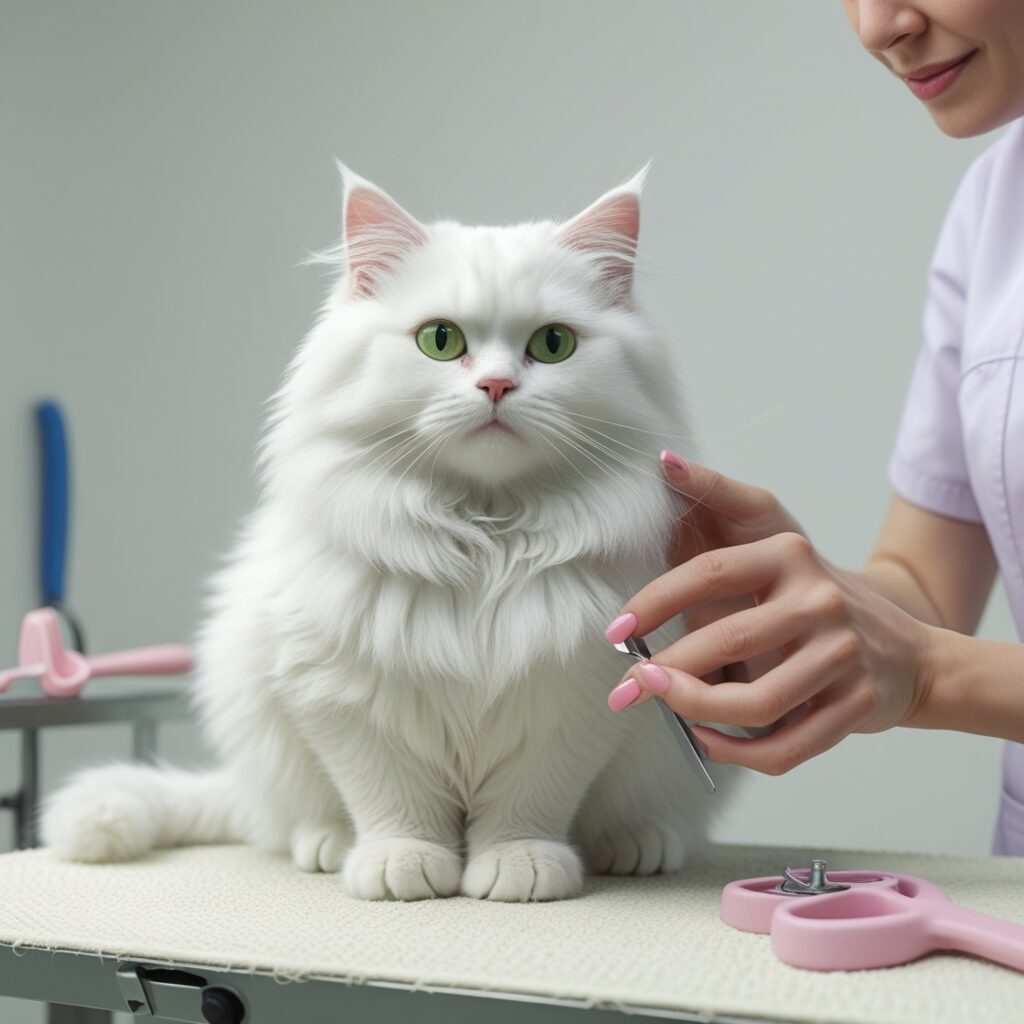Bringing a new animal home is extremely joyous, emotional, and tiring at times. Whether it’s a lively little puppy, an inquisitive kitten, or a rescue animal with its own sad story, becoming a pet parent is a big responsibility. The animals we take in depend on us for love, a home, and attention. This article will teach you the basics of pet care, and with it, you can be sure that your animal companion will be happy and healthy.
1. Preparing Your Home for a New Pet
Just like you would do with a toddler, pet-proof your house be-fore they get there. Safety and comfort should come above all else.
- Pet-Proofng: Get rid of poisonous plants, secure cords, and keep small or sharp objects away from them.
- Special Place for Pet: Make sure that you have provided space with a cozy bed, a few beginning toys, and the food and water bowls that they can have access to for some days after arrival as they usually avoid eating and being active due to the new environment.
- Primary Needs: Remember the following while shopping for them: This list makes you aware of what you exactly need to pick according to your pet’s age among them are pet appropriate food, water, and food bowls, ID tag, toys, grooming tools, pet-safe, and pet hygiene items, and the place where the pet will likely pee or soil.
- Age-appropriate food
- Water and food bowls
- Collar with ID tag
- Leash/harness
- Toys and enrichment items
- Grooming tools
- Pet-safe cleaning products
- Litter box or potty pads

2. Choosing the Right Diet
Your pet’s growth is based on what they eat. A balanced diet keeps them away from diseases, promotes growth, and enhances their vitality.
- As per the age and species: In comparison to adult pets, puppies and kittens certainly need food with more calories and nutrients. Old pets may be need a specific form of food for joint support or weight control.
- Foods Not Filthy Humans Eat: Chocolate, raisins, onions, and coffee are toxic to dogs. People should always check if it is safe to give their pets some food from the table.
- Email Subscription: Treats are really suitable only for the purpose of giving the pet pleasure, but in no case should they go beyond 10% of his daily caloric intake.
3. Routine and Structure
Structure is very vital for pets to be at their best. A daily rhythm of actions impart a sense of protection and hinder instances of unusual behavior.
- Food Schedule: Feed your pet at one and the same time each day.
- Going to the Bathroom: Puppies may want to go potty every two hours, while adult dogs must have 3 up to 5 breaks a day.
- Sleeping Ritual: Pets too, like people, need to keep regular sleep habits. Make a routine right from the beginning.
4. Exercise and Enrichment
Movement of the physical body and mental well-being through stimulation are indispensable for your pet’s good health.
- Walks and Fun Time: The dogs’ most obligatory activity is regular walks and playtime. Doing the above ensures a joyful and healthy living of your cat. For example, playing with interactive toys or climbing spaces will give a point to their lives, and a view from the window also will.
- Puzzle Feeders and Games: Besides giving food to your pet, play also an active role in your pets’ mental functioning by using toys or treat-dispensing games to activate their brain.
- Training Sessions: Positive reinforcement, like feed and pet, showed to your pet in daily brief exercise makes the pet comfortable and trusts you back.
5. Grooming and Hygiene
Good grooming procedures, and careful observance of the cleanliness level of the pet, ensure your pet of a happy and healthy life without any medical issues.
- Brushing: The process of brushing beyond everything else is the most effective method for managing various shedding issues, for the prevention of matting, and for the detection of any infections or tumors in the early stages.
- Bathing: Nine out of ten dogs, in most cases require one wash after a period of one to two months. Cats are very efficient in cleaning themselves, but long-haired cats are an exception as they might be in a position to go for days without cleaning. In case of necessity, assist them in their grooming with shampoo.
- Dental Hygiene: The owner can single-handedly manage the pet’s oral hygiene by practicing tooth brushing with his/her pet at least three to four times a week. Also, the toothpaste used should be pet-friendly.
- Nail Trimming: Overgrown nails can cause pain or lead to injuries. Do it on a regular basis or seek professional help.

6. Vet Visits and Preventive Care
Get in touch with a good vet as soon as possible. Preventive care not only can identify but can avert health issues as well.
- Vaccines: Core vaccines (rabies, distemper, parvo) are necessary. You can also consult your vet about vaccines according to your lifestyle (e.g. lime disease or kennel cough).
- Spaying/Neutering: Can significantly minimize pet overpopulation and also provide for the pets’ health.
- Regular Checkups: Senior pets and healthy pets need to be checked annually. This way any potential problems can be found earlier. Pet owners need to take seniors or pets with chronic issues to a vet twice a year.
- Flea, Tick, and Worm Prevention: Prevent these conditions by using veterinary-approved medications on a monthly basis.

7. Socialization and Training
Early socialization and balanced training are the roots of mannerly, self-assured animals.
- Puppy/Kitten Classes: They are instrumental in the socialization process and also act as a measure of anxiety prevention.
- Consistency is Key: The practices of using the same commands and reward-based techniques when training your pet and never yell or punish them need to be followed through.
- Dealing with Behavioral Issues: If your pet gets aggressive, anxious, or has destructive habits, look for a professional to help you deal with that.
8. Creating a Safe, Enriching Environment
Your pet should be able to feel your home as a safe place where it can rest and play.
- Safe Zones: Spaces should be available that are quiet and pets can easily get help if they are overwhelmed by visitors or loud noises.
- Pet Cameras: Pet cameras are a piece of technological equipment that can help a person keep a close watch on his/her pet when not at home thus ensuring the pet’s safety at all times.
- Temperature Control: One of the key things you have to bear in mind is that a car is not a place to leave pets even for a short while, especially if the weather is very hot.

9. Emergency Preparedness
Anticipating events that were unprecedented is be one of the best precautions.
- Pet First Aid Kit: Keep some bandages, antiseptics, tweezers, and the vet’s contact information ready.
- ID Tags and Microchips: In case of your pet’s getting lost, having them will greatly increase the odds of finding them again.
- Evacuation Plan: Determine in advance how you are planning to take your pet away from a burning house, a flooded area, etc.
10. Budgeting for Pet Ownership
Fulfilling the role of a pet owner is a continuous effort from the caregivers side that also involves financial.
- Monthly Needs: Some of the monthly needs are food, grooming, parasite prevention, and toys.
- Annual Expenses: Regular costs include vaccination, check-ups, license renewals, etc.
- Unexpected Costs: Procedures or urgent vet care can cost you a fortune. Think of getting insurance for your pet or just save up some money for a pet’s emergency fund.
Conclusion
Being a pet owner is a wonderful journey that is overflowing with love, new experiences, and delight. If you are well-prepared, steadfast, and empathetic, you will create a meaningful life for not only your new four-legged friend but also for yourself. Keep in mind that a happy pet means a happy family-and the source of their happiness is you.



